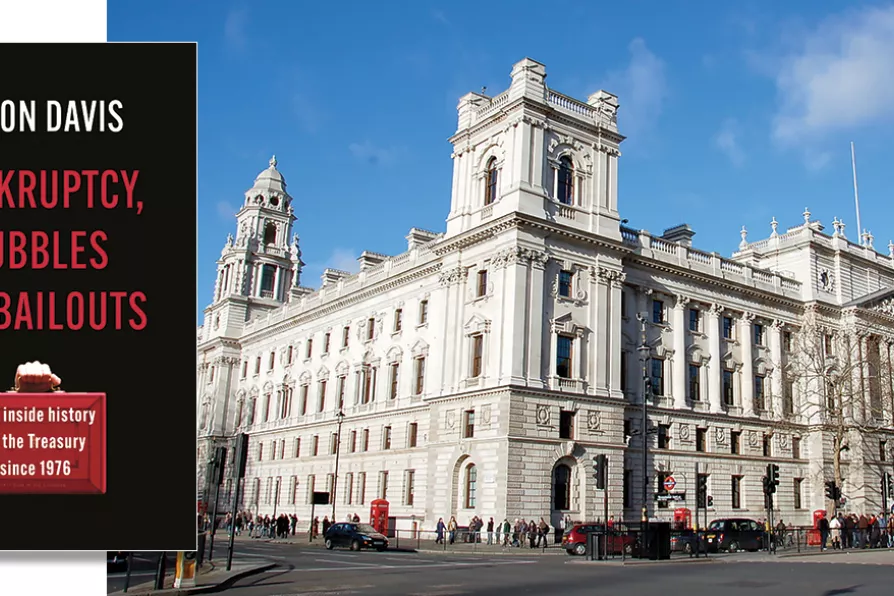The bard pays homage to his two muses: his wife and his football club
The mill stone around contemporary Britain’s neck
A wealth of information is let down by the final conclusions, writes WILL PODMORE

 DOGMATIC MONOLITH: The Treasury building in London
[James Stringer/CC]
DOGMATIC MONOLITH: The Treasury building in London
[James Stringer/CC]
Bankruptcy, bubbles and bailouts: The inside history of the Treasury since 1976
by Aeron Davis
Manchester University Press £16.99
THIS is a splendid survey of a key department of state. The Treasury dominates the state machine.
What is its purpose? The record shows that it consistently opposes our national industries, regional development, central planning, and much-needed infrastructure projects.
By contrast it always gives foreign companies incentives to move to Britain — regional development aid, free enterprise zones, free ports. It backs international finance against national industry.
Similar stories

Our groundbreaking report reveals how private rail companies are bleeding millions from public coffers through exploitative leasing practices — but we have the solutions, writes Aslef Scottish organiser KEVIN LINDSAY

In his first of a new monthly economics column MICHAEL BURKE argues that public-sector investment is more effective, more productive than private-sector investment

Keir Starmer’s BlackRock enthusiasm is a clear give-away for Tory continuity plans, argues CLAUDIA WEBBE

In the first of two articles, ROBERT GRIFFITHS argues that despite a parliamentary majority, Labour’s timid Budget fails to seize a historic opportunity and lacks the ambition needed to address Britain’s deep social and economic crises










